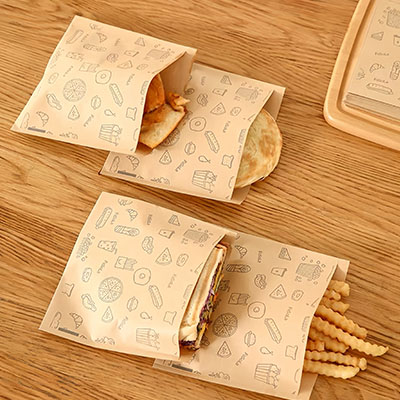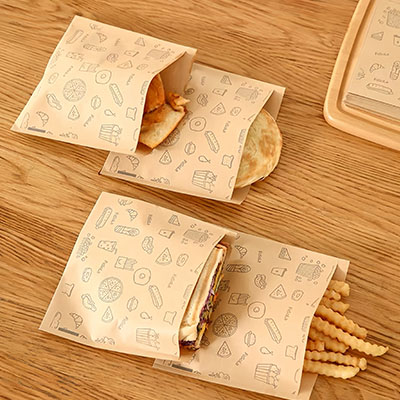
Greaseproof paper is a versatile kitchen essential that is commonly used for a variety of cooking and baking purposes. It offers a range of benefits, including its non-stick surface and ability to withstand high temperatures. However, while greaseproof paper can be a helpful tool for many culinary applications, there are certain considerations to keep in mind when using it to wrap or contain hot foods.
Greaseproof paper is designed to resist grease and oil, making it an excellent choice for cooking and baking tasks where preventing sticking is essential. Its non-stick properties are particularly valuable when lining baking sheets, cake pans, and other cookware to ensure that foods do not adhere to the surface during the cooking process. The paper's resistance to grease also makes it a suitable option for wrapping sandwiches, snacks, and cold or room-temperature foods, helping to keep them fresh and contained.

However, when it comes to wrapping or containing hot foods, there are limitations to consider. While greaseproof paper can handle moderate heat, it is not designed to withstand extremely high temperatures. When using greaseproof paper for hot foods, it is important to follow these guidelines:
1. Moderate Heat: Greaseproof paper is safe to use in ovens at temperatures typically used for baking (usually up to around 420°F or 215°C). It can be used to line baking pans, cover casseroles, or wrap foods that are baked at these temperatures.
2. Avoid Open Flames: Do not expose greaseproof paper to direct flames, stovetop burners, or broilers, as this can lead to smoking, charring, or burning of the paper.
3. Prevent Overheating: Do not use greaseproof paper for foods that require very high temperatures, such as grilling or frying. Excessive heat can compromise the paper's integrity.
4. Allow Cooling: After cooking, allow hot foods to cool slightly before wrapping them in greaseproof paper. This helps prevent the paper from becoming too hot and potentially degrading.
In conclusion, while greaseproof paper can be used to wrap or contain moderately hot foods, it is essential to be cautious and mindful of its temperature limitations. When used within its appropriate temperature range, greaseproof paper provides a convenient and effective way to prevent sticking and maintain the quality of your culinary creations. However, for high-temperature cooking methods, it is advisable to explore alternative options such as aluminum foil or heat-resistant food-grade papers specifically designed for those purposes.